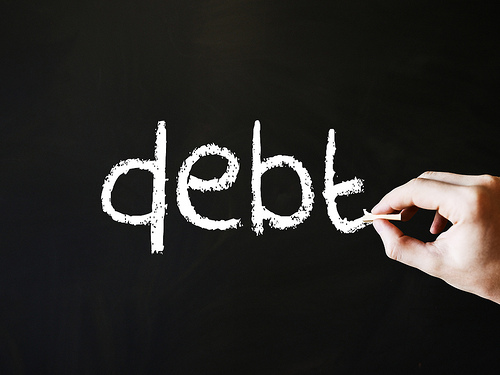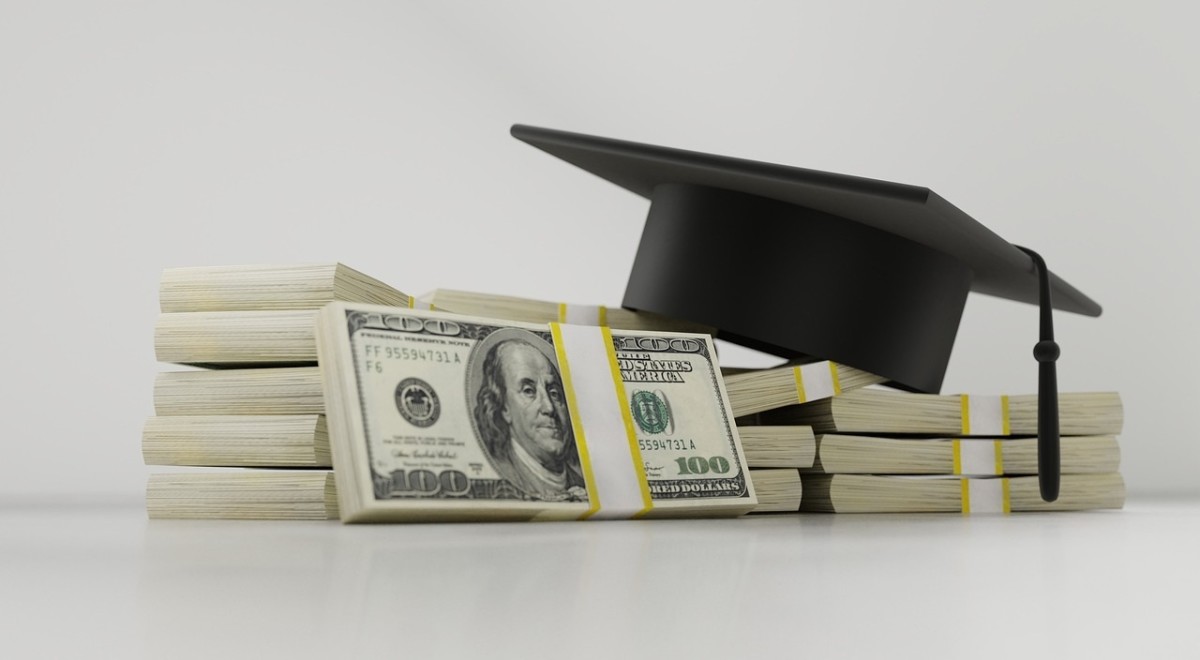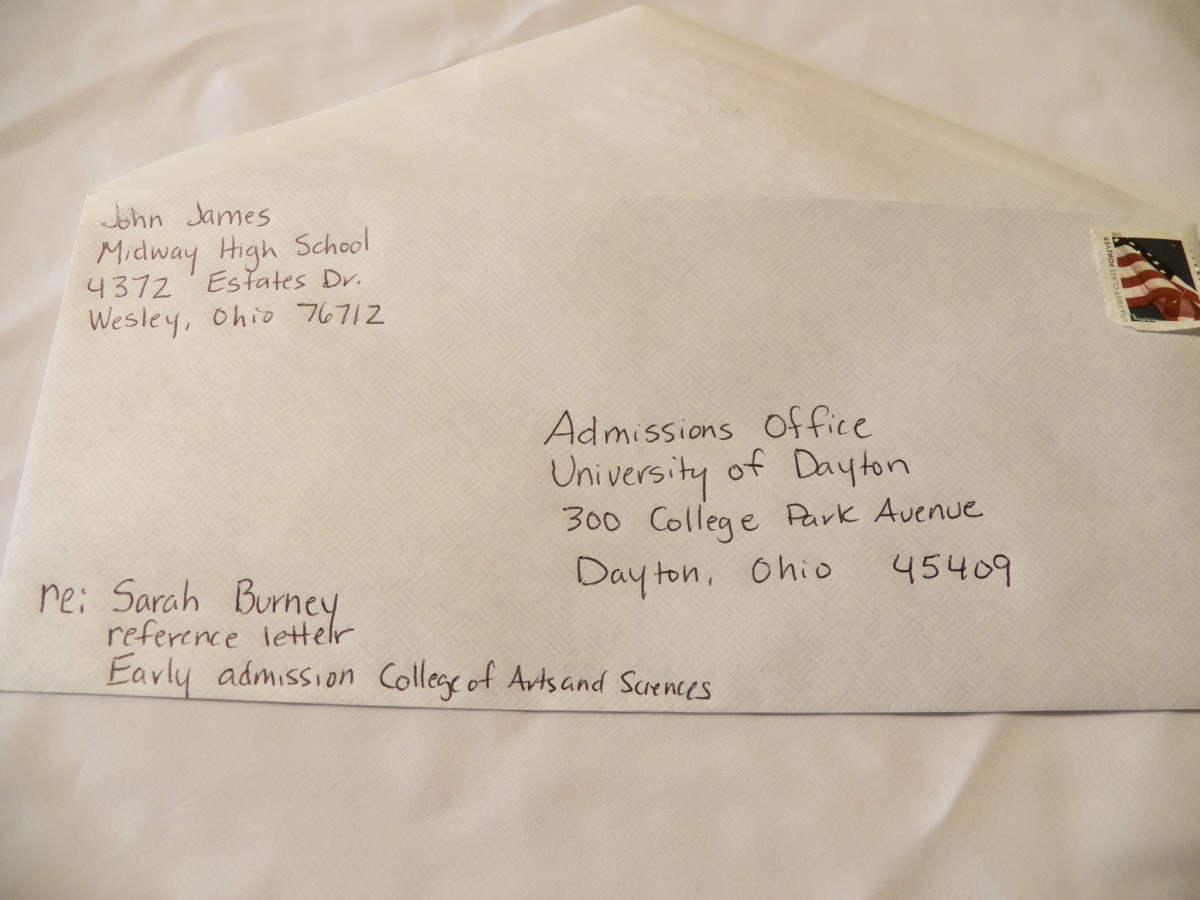College Admissions Target Parents With Financial Aid Enticements
Is There a Such Thing as "Good" Student Loan Debt
It's becoming increasingly rare to graduate from college debt free. Some students manage to do this if their parents contribute heavily, or if they attend a relatively inexpensive school and are also able to work.
Student loans can be a good thing if this is the only way you can attend college, and you only take the minimum required amount. One savvy guidance counselor I know suggests not accruing more than $20,000 in student loan debt. You can take out a maximum of $31,000 in Federal Student Loans for an undergraduate degree.
Parents are Receiving Admissions Brochures
I'm getting a lot of mail from college admission offices, despite the fact that I won't be returning to school. It's arriving because I'm the mother of a high school senior. However, I'm not sold on the idea that a degree from an elite private institution is worth the price.
This is a radical shift from just a generation ago, when parents did everything they could to ensure their children attended "the best" schools. What's changed, since then, is that tuition has increased to absurd levels. Many families can not afford to send one child, never mind multiple children, to college without incurring serious debt.
And, even if they can, they're starting to question whether it's a good idea to spend so much money on a four-year degree.
College admissions officers, keenly aware of this sentiment, are now targeting parents of high school seniors as they never have before. The letters and brochures we're being sent all attempt to portray their school as being "affordable."
Most Recent Letter
Student loans have been in the news lately. So have stories of recent grads, burdened with heavy debt. The Class of 2013 owes an average of $26,600 in Federal Student Loans. But this doesn't include money charged on credit cards. Nor does it take into account what parents have borrowed, often in the form of Parent PLUS loans.
A letter that arrived in my mail box last week opened with this sentence, "In these economic times, we know the value and affordability of a college education is of great concern."
This letter went on to explain that the school will award tens of millions in grants and scholarships. An accompanying brochure profiled a couple of students who've received aid, and without this, they stated, wouldn't be able to attend that college.
Elite Colleges are Now Appealing to Parents

A Visit to the School's Website
The college invited me to visit its website so I could see, for myself, that it's affordable. I took them up on the offer. It took several clicks to get to the actual tuition, room and board figures, that topped $60,000 a year. We'd need substantial help if my child were to attend.
Apparently, this is why the school is targeting parents with the pitch that it's "affordable."
The brochure said half of students receive some form of financial aid. In most schools, this figure is higher. But this is an elite private college, so I'd expect some of those enrolled are full pay.
According to the brochure, the average grant was $29,000, which would slice the cost of attendance nearly in half. The college claims to meet a relatively high percentage of a student's demonstrated need. It also stated that admissions decisions were need blind. This is a good thing, as some schools take this factor into account for students who are wait listed.
Give Us Your Thoughts on College
My Children and Grandchildren Will Most Likely Attend
Paying for College Without Going Broke
Running the Net Price Calculator
Every college or university, by law, must have what's known as a Net Price Calculator on their website. This gives a rough estimate ofhow much you'll pay out of pocket, if your child attends this institute. The calculator is based upon a number of factors. These include your income, your savings, what you contributed last year to your retirement accounts and the number of other children in the family, as well as the number of children currently in college.
Although I had to dig out my tax returns to answer some of the questions, it only took a few minutes to see if attending would be realistic.
Run a Net Price Calculator Before Applying

What the Net Price Calculator Revealed
If these numbers were accurate, and truly reflective of the actual financial aid package, then this school is more affordable than we had thought. The Net Price Calculator also looked only at our finances. (Outstanding students can also receive merit scholarships, although these can then reduce need-based grants.)
I liked the fact the school showed the "Estimated Net Price" before student loans. Oftentimes, the net price is displayed after federal student loans are factored in, leaving the impression out-of-pocket costs are deceptively lower.
With the advent of readily available federal loans, there's really no such thing as a free ride anymore. Students are generally expected to borrow the maximum $31,000 to obtain an undergraduate degree.
If our child chose this school, technically, we could "afford" to send him. However, this would mean either loans, borrowing from our home equity line or raiding our retirement account. In time, we'd probably be able to pay back the loans, barring any catastrophic health problems or job loss.
Running your finances through a Net Price Calculator will give you some idea of what to expect. If the expected aid is too low, you might decide to look elsewhere, saving the $75-$90 private school application fee.
Portraits of Recent College Graduates
The College Solution
Private Colleges are Increasingly Sensitive to Perception of Tuition
This particular college claims to be need blind. Actually, it does seem more generous than some other institutes of higher education, which don't claim to meet need.
For instance, total cost of attendance at New York University is even higher, at $64,047 for a residential student.
NYU also has the dubious distinction of being the school that graduates the most indebted students in the country. This has generated widespread media reports, including one profile of a student who is now $150,000 deep in student loans. Although, when she enrolled, her parents planned to help, a change in their financial circumstances made this impossible.
Although this seems to be an extreme case, there are other stories on the Internet of current and former NYU students taking on debt in the $80,000 range.
Parents are Increasingly Wary of Taking on Excess College Debt

The Student Loan Scam
The New Reality of Going to College
The easy availability of Federal Student Loans and Parent PLUS loans, given out freely, even to families that will have difficulty paying them back, makes it easy for colleges to raise tuition to unheard-of levels. This, in turn, has priced many students out of the market.
In order for this run-up to end, the easy credit and gargantuan loans need to stop. Actually, I believe it's going to come crashing down in the not-too-distant future, as a growing number of students are deciding not to "major in debt."
More Information on Affording College
- When Parents Can't Afford College
Each spring, countless parents realize they can't afford to send their child to college. That's because many Americans are now priced out of the market. - Why Students Drop Out of College and How to Prevent this From Happening
Only 56 percent of students graduate college in six years. Financial problems are often the root cause of dropping out.
Disclosure
I am a participant in the Amazon Services LLC Associates Program, an affiliate advertising program designed to provide a means for sites to earn advertising fees by advertising and linking to amazon.com.












